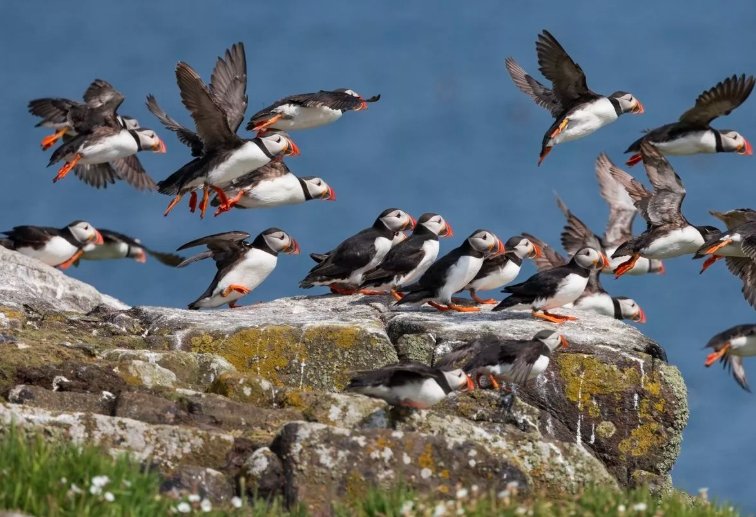A high-stakes expansion of Scotland’s renewables comes with a heavy ecological price tag, conservationists warn
Scotland’s bold leap into large-scale offshore wind may be headed straight into a conservation storm. Just days after the Scottish Government approved the 4.1GW Berwick Bank wind farm—the country’s largest to date—environmental groups are sounding the alarm, calling the decision a potential ecological catastrophe.
The £8 billion development, located in the outer Firth of Forth, is being hailed by energy leaders as a critical pillar of the UK’s net-zero ambitions. But conservationists argue it could tip already-declining seabird populations past the point of no return.
“This is a very dark day for seabirds,” said Anne McCall, Director of RSPB Scotland. “Berwick Bank would be catastrophic for Scotland’s globally important seabirds which are already facing alarming declines.”
Renewable surge collides with fragile ecosystems
The stakes are immense—and conflicting. On one hand, Berwick Bank will produce enough electricity to power over 6 million homes. On the other, it lies adjacent to protected marine areas and key breeding sites for internationally significant colonies of puffins, kittiwakes, razorbills, and gannets.
According to environmental impact assessments, the sheer scale of the turbine array—up to 307 turbines across 1,313 square kilometers—will result in significant “collision mortality” for seabirds. The RSPB warns it could be an extinction-level event for some species.
“This one wind farm is going to make it really challenging to accelerate renewable projects across Scottish seas,” McCall added, expressing deep concern that granting consent now may undercut both current biodiversity protections and future offshore developments.

Political calculus: Climate targets vs. conservation
The Scottish Government is under increasing pressure to fast-track offshore wind in pursuit of legally binding climate goals. With North Sea oil declining and net-zero targets looming in 2045, ministers argue that flagship projects like Berwick Bank are not optional—but essential.
In a statement last week, Energy Secretary Màiri McAllan said: “Berwick Bank is a vital step forward for Scotland’s offshore wind ambitions. We must act boldly to combat climate change while balancing our commitment to biodiversity.”
But critics say the “balance” is broken. The project bypassed public local inquiry—a move that frustrated conservation bodies and some MSPs, who claimed community voices were sidelined in the rush to greenlight economic wins.
Billions at stake—and not just in electricity
SSE Renewables, the company behind Berwick Bank, has promised a £15 billion boost to the UK economy, citing jobs, supply chain growth, and export potential. Ports from Leith to Montrose are poised for upgrades.
Yet critics argue that the economic case ignores the long-term cost of biodiversity loss. Puffins and gannets, once ubiquitous along Scotland’s coasts, are now listed as vulnerable or endangered by the IUCN. “Their loss would be irreversible,” said one marine ecologist, “and no amount of clean energy can bring back an extinct species.”
Industry tension: grid growth vs. ecological fallout
The controversy lands just as wind generation hits record highs in the UK. On August 5, Storm Floris sent wind output soaring past 15.7GW, pushing electricity prices below zero for hours. The trend highlights both the opportunity and volatility of wind power—and the growing pains in integrating it sustainably.
Grid operators and developers are now caught between speeding up energy transition and navigating increasingly complex environmental objections. Berwick Bank, once a test case for Scotland’s offshore future, is quickly becoming the blueprint for its moral and regulatory dilemmas.
What’s next?
-
Legal challenges possible: RSPB Scotland has not ruled out judicial review.
-
Wider political scrutiny: Green MSPs have asked for Holyrood committees to investigate the approval process.
-
More wind farms coming: With the Crown Estate Scotland’s recent ScotWind leasing round, more than a dozen offshore projects are in the pipeline.
Whether Berwick Bank marks a renewable triumph or an ecological error may depend on how the government and developers respond in the coming weeks. The eyes of both the energy sector and the conservation world are watching.


















